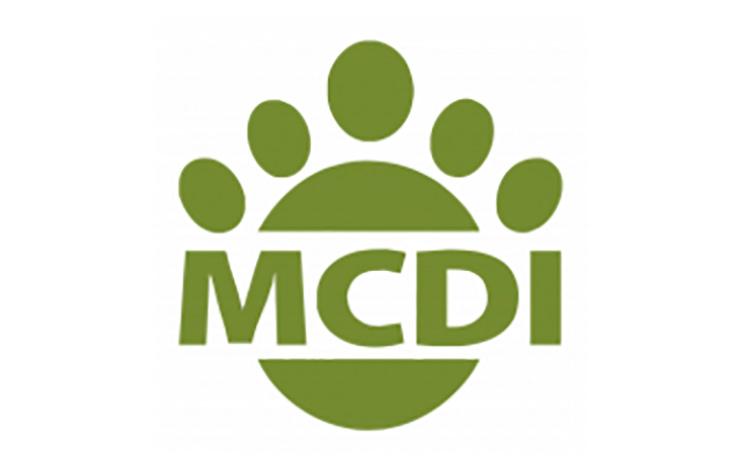Few Kenyan communities understand their environmental rights and responsibilities under the existing policies and laws. Unfortunately, the lack of awareness is only going to increase as most of these policies and laws are in the process of being reviewed to be better aligned with the new 2010 Constitution, which divided the country into 47 counties.
Challenge

Few Kenyan communities understand their environmental rights and responsibilities under the existing policies and laws. Unfortunately, the lack of awareness is only going to increase as most of these policies and laws are in the process of being reviewed to be better aligned with the new 2010 Constitution, which divided the country into 47 counties. Due to high levels of illiteracy, written word is a largely ineffective form of educating communities, and even the literate population has difficulty understanding the existing laws because of the legal jargon used. This lack of knowledge about existing environmental laws means that communities can not defend their rights, and it gives some members of the communities the ability to violate the rights of other members of the community with impunity. As the government usually does not take the time to educate the public when new laws are enacted, this space is often filled by funding agencies and NGOs. However, these agencies and NGOs in Kenya usually focus on democratic governance and anti-corruption, rather than environmental protection. Due to this lack of education, few communities give their inputs when laws are being reviewed, and their needs are not taken into account. This leaves the task of reviewing laws to be undertaken by technocrats in the government, with minimal input from a few NGOs. Some effort has been made to involve members of local communities when enacting new laws, especially laws concerning natural resources, such as the Forest Act that allows for the formation of community associations. Despite efforts to promote community-level involvement, many communities have not formed these associations.
Program Summary
This program sought to educate communities about their environmental rights and responsibilities, especially under the newly devolved system of government. Video and animation were used to depict common environmental challenges and inform communities about how these issues are addressed by the various policies and laws. There was a specific focus on provisions within the laws that encouraged community participation in sustainable natural resource management, such as through Community Forestry Associations under the Forest Act, Water Resource Users Associations (WRUAs) under the Water Act, and Beach Management Units (BMUs) under the Fisheries Act. These local-level institutions have the potential to promote the rule of law in the environmental management sector because most of the environmental degradation occurs at a local level. If communities are empowered to promote the sound management of natural resources, they can reduce the incidences and severity of pollution and general degradation.
To make the information on existing policies and laws accessible to local communities, MDCI used videos and animation depicting common environmental challenges and educated the public about the existing provisions in the laws. Video animations were used to make communities understand various environmental issues, such as the role of forests in regulating the flow of rain water into springs and rivers and how surface and ground water contamination occurs, while also depicting the impacts of climate change through animation.
Communities were also taught to present their environmental challenges to the relevant authorities through the use of videos and photography. The videos produced were disseminated through a wide range of channels to ensure that even the poor and marginalized got the information. The videos were shown at market places through the use of a big screen. DVDs were also produced and disseminated to the communities to view in their houses. The videos were also featured on the internet through YouTube with the link shared through social media and also through www.environett.org and other sites.
Impact
When communities are better informed about their environmental rights and responsibilities, they are better able to engage with the relevant government agencies that have the mandate to manage the various environmental sectors, leading to a more transparent government. Their fundamental rights, such as those enshrined in the new Constitution, will be protected while the members of the communities will ensure that they are not violating the rights of others. Many environmental laws can only be effectively enforced with the participation of local communities because degradation and pollution occur at a local level. When communities become better organized and are legally recognized by the government, they are able to impose sanctions on those degrading the environment resulting in a more effective system for enforcing existing laws and regulations. Communities are also able to seek legal redress when their resources are degraded by known entities, such as polluting factories resulting in enhance effectiveness of the civil and criminal justice system with regard to the environment. Through resource user groups, communities are able to employ informal institutions to resolve their conflicts over shared resources, such as rivers and forests.
Anticipated Issues
When communities become aware of their rights, it can threaten a few powerful individuals that have previously exploited them with impunity. These individuals may use various tactics to try and ensure that communities do not receive the necessary knowledge to understand their rights, including misinformation, intimidation and threats. To overcome this challenge, we shall ensure that communities are flooded with information using a variety of channels to increase its reach. Women and other marginalized groups may have limited access to the public venues where the Program will disseminate the information. To overcome this challenge, the Program will provide information both at public venues and door-to-door to ensure that even those members of the community who do not go to the public venues are reached with information. Government officers sometimes also feel threatened when communities become more aware of their rights as this in turn makes them demand for better services from the respective government agencies.
Partners
Partners include:
- AntoDezigns: produces various publications and 3D animation for a range of clients.
- Enviropix: produces videos on issues of concern to communities and environmental management.
- Water Resource Management Authority (WRMA): The government institution that is mandated with the management of water resources in the country. WRMA works through Water Resource Users Associations (WRUAs).
- Kenya Forest Service (KFS): The government agency mandated with the management of forest resources in Kenya.
- National Environment Management Authority (NEMA): The coordinating agency on all matters relevant to environmental management.


